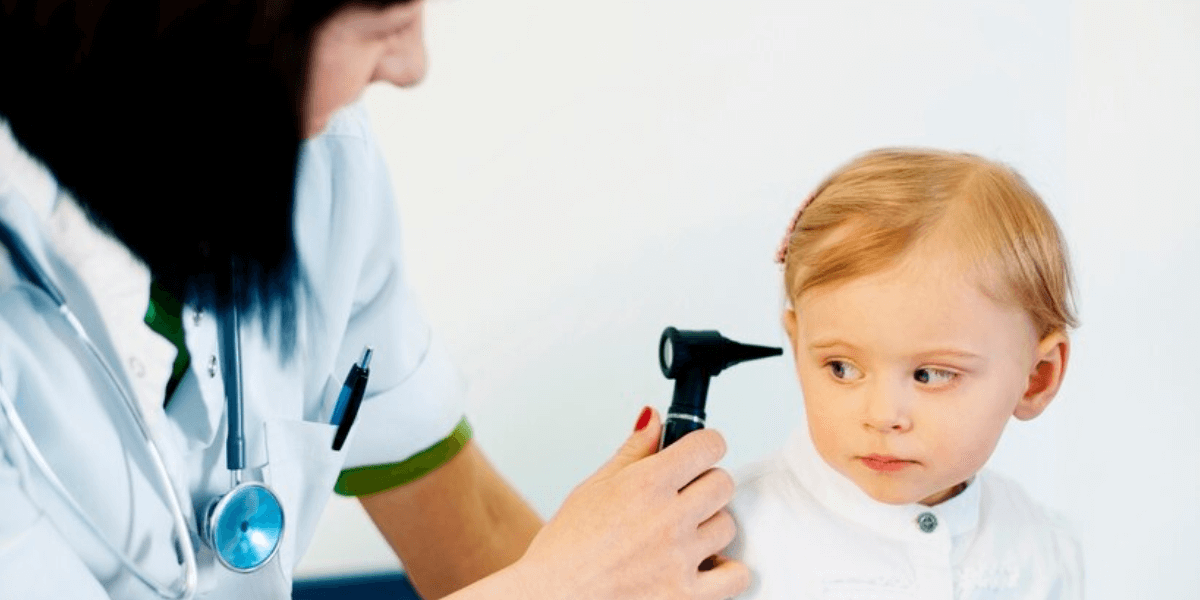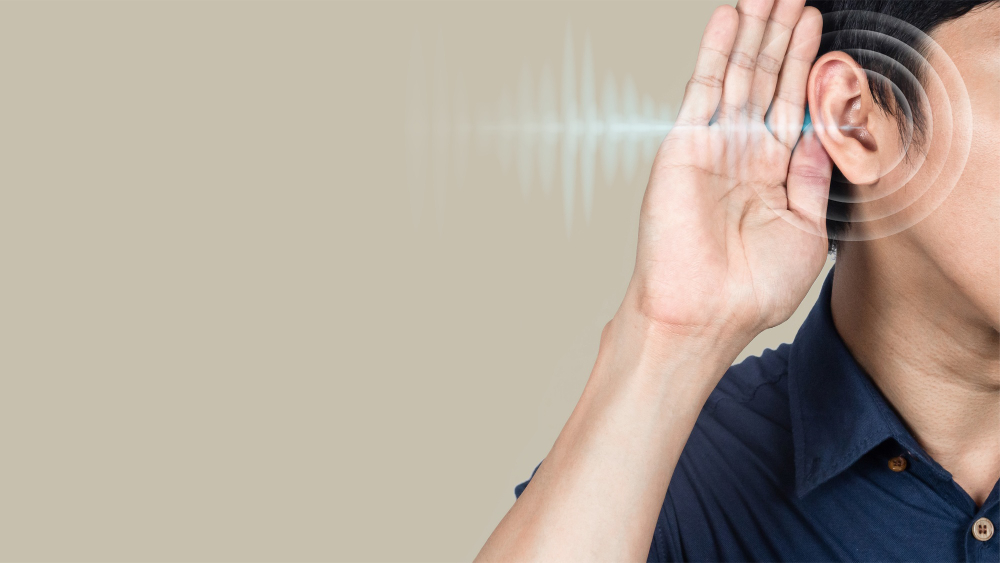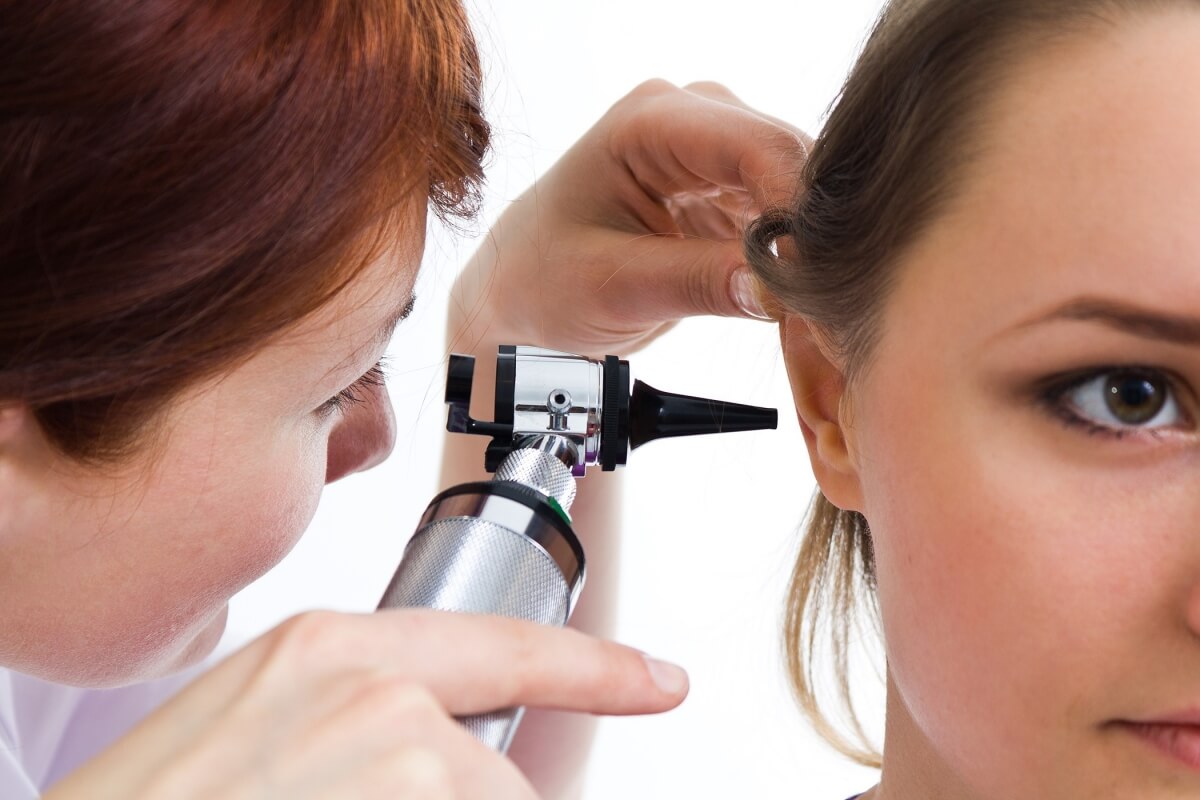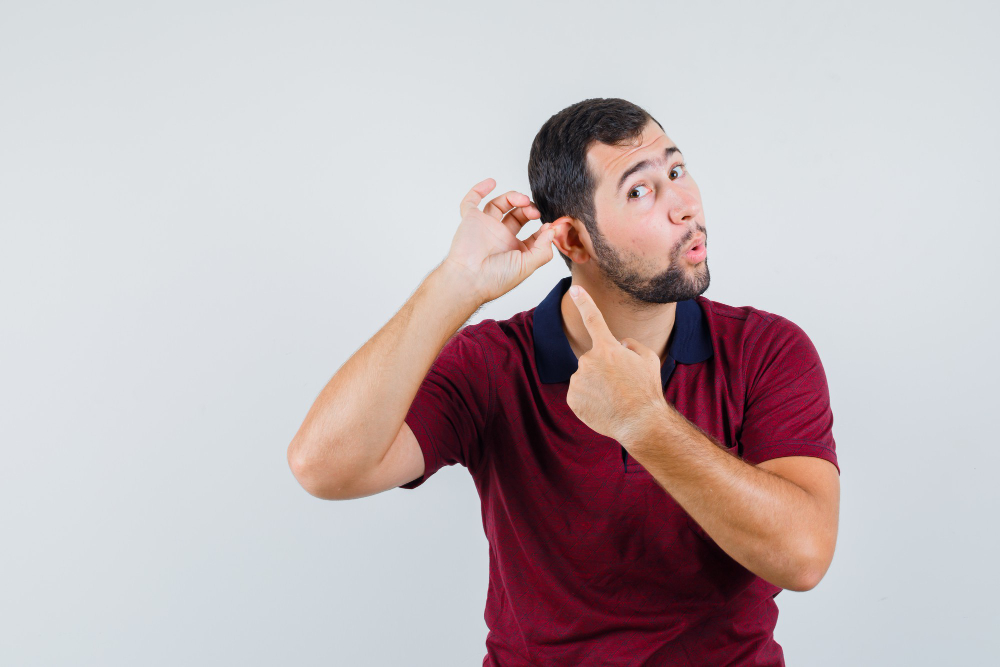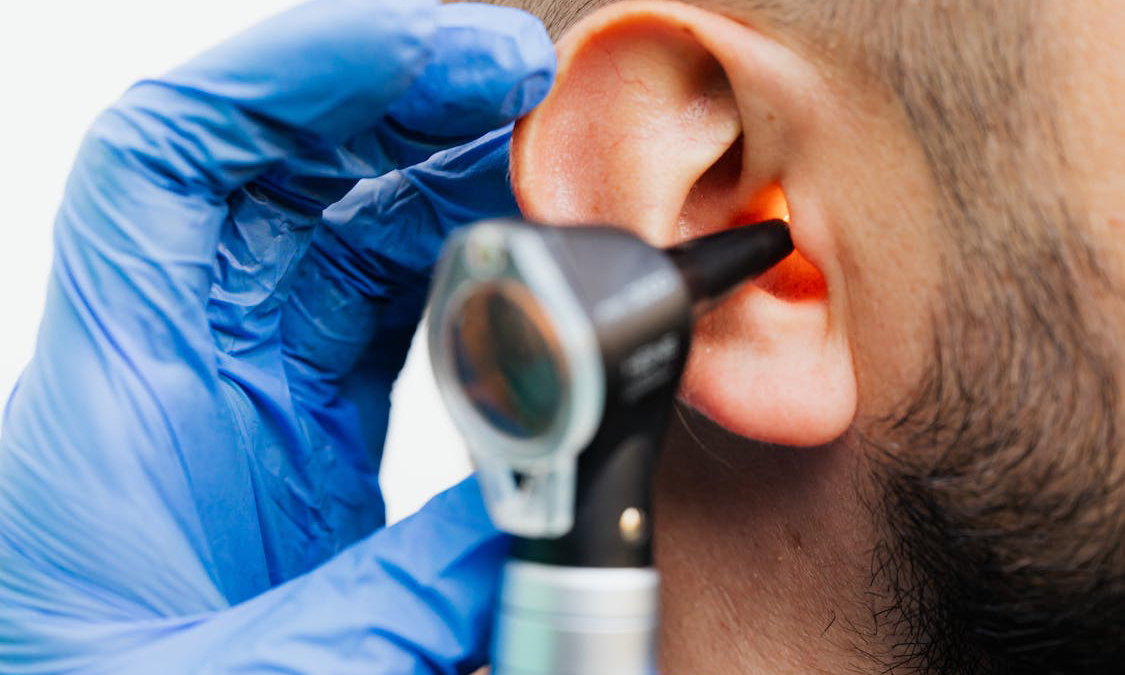
Have you ever wondered about the intricate world inside your ears and the impact earwax can have on your overall auditory health? The accumulation of earwax can lead to a number of issues, from discomfort to compromised hearing. As we navigate the world of ear care, two prominent methods stand out for addressing earwax concerns: micro suction and traditional ear syringing. If you are confused between opting for micro suction or getting a syringe on your ear, this blog can be helpful for you.
In this comprehensive exploration, we will have a look at these two procedures, explain what is microsuction and what is syringing, and examine which one is better. But before we begin this comparative journey, let’s first explore the telltale signs that may indicate an earwax buildup or blockage.
Signs of an Earwax Buildup or Blockage

Before seeking earwax removal, it’s important to recognise the signs of a potential buildup or blockage. Common symptoms of ear wax buildup include:
● Hearing Loss: A gradual decrease in hearing ability, often more noticeable in one ear than the other, can be a sign of excessive earwax.
● Earache: Discomfort or pain in the ear, sometimes radiating to the jaw or neck, may indicate a blockage.
● Tinnitus: The perception of ringing, buzzing, or other noises in the ear not linked to an external source can be linked to earwax accumulation.
● Vertigo or Dizziness: Earwax impaction may affect the balance mechanism in the inner ear, leading to feelings of dizziness or vertigo.
● Ear Fullness or Pressure: A sensation of fullness or pressure in the ear, akin to the feeling of having water trapped after swimming, can be a sign of excessive earwax.
Now that we have established the common signs let’s take a detailed look into the comparison between micro suction and traditional ear syringing.
Understanding Micro Suction

The Process
Micro suction involves the use of a small, specialised vacuum device to gently extract excess earwax from the ear canal. The process is conducted by an experienced and professional healthcare professional, typically an audiologist or ear care specialist. A key distinction from traditional ear syringing is the precision and control offered by micro-suction. The healthcare professional employs a microscope to visualise the ear canal so that only the targeted earwax is removed.
Precision and Safety
The precision of micro-suction is a significant advantage. The ability to visualise the ear canal helps for a careful and targeted removal of excess earwax without jeopardising the delicate structures within the ear. This precision makes micro-s suction a safer option, particularly for those with a history of ear-related issues or those susceptible to ear infections.
Minimal Discomfort
Patients undergoing micro suction often report minimal discomfort. The procedure is typically quick and controlled, eliminating concerns associated with the forceful introduction of water into the ear, a common issue with traditional ear syringing. The gentleness of micro suction contributes to a more comfortable experience for the patient, fostering a positive attitude towards earwax removal.
Examining Traditional Ear Syringing

Mechanism of Action
Traditional ear syringing, or ear irrigation, involves the introduction of warm water into the ear canal to dislodge and remove excess earwax. While this method has been employed for many years, it is not without its drawbacks. Moreover, the question that may disturb many is: does an ear syringe work?
Potential Risks
One of the primary concerns with ear syringing lies in the forceful introduction of water. This can lead to complications such as perforated eardrums, dizziness, or infections if not performed with utmost care. Individuals with a history of ear issues, especially those with a damaged eardrum, may be more susceptible to the adverse effects of ear syringing.
Mess and Discomfort
Traditional ear syringing can be messy both before and after the ear syringe. The use of water during the procedure not only increases the likelihood of mess but may also result in a temporary feeling of fullness in the ear, causing discomfort for some patients. Additionally, the lack of visual control in traditional ear syringes may lead to the unintentional removal of healthy earwax, potentially exacerbating ear-related issues.
Comparative Analysis
Now that we have uncovered both procedures, let’s move toward the comparative analysis to look at which process is better.
Effectiveness
Micro suction stands out as the preferred method when it comes to effectiveness in addressing earwax concerns. The precision and control inherent in micro suction guarantee that only the surplus earwax is targeted and removed, minimising the likelihood of complications. In contrast, traditional ear syringing, although effective in numerous cases, may lack the pinpoint accuracy required for stubborn or impacted earwax. The forceful water flow in ear syringing might not efficiently dislodge and eliminate these more challenging obstructions.
Safety
When we talk about safety, micro-suction takes a definitive lead. The procedure’s controlled and visual nature significantly reduces the risk of any damage to the delicate structures of the ear canal or the eardrum. This is particularly better for individuals with pre-existing ear conditions, as the gentle and precise approach of micro suction minimises the likelihood of complications. On the other hand, traditional ear syringing, with its forceful water entry, carries a higher risk, especially for those with a history of ear issues. The potential for inadvertent damage, including perforated eardrums, underscores the importance of a safer alternative, like micro-suction.
Patient Experience
The patient experience is an integral aspect of evaluating any medical procedure, and here, micro-suction shines. Patients undergoing micro suction typically report a well-tolerated process with minimal discomfort. The absence of water in the procedure contributes to a cleaner and less messy experience. Moreover, the ability to visualise the entire process adds a layer of reassurance for the patient, creating a more comfortable atmosphere during the earwax removal process. In stark contrast, traditional ear syringing may induce discomfort, messiness, and a temporary sensation of fullness in the ear. These factors can collectively contribute to a less favourable patient experience, potentially impacting the willingness of individuals to seek timely ear care.
What’s Better
In the ongoing debate between micro-suction and traditional ear syringing, micro-suction emerges as the preferred option due to its advantages in effectiveness, safety, and patient experience. The precision and control it provides make it a favoured choice among healthcare professionals and patients alike. However, the choice between the two methods ultimately depends on individual circumstances, and consulting with a professional is necessary to determine the most suitable approach for earwax removal in london. As technology continues to advance, the field of ear care evolves, providing patients with safer and more effective options for maintaining optimal ear health. Embracing these advancements ensures that individuals can enjoy the benefits of clear and healthy ears without compromising their well-being.
If you want to get your ear microsuction done in the UK, there is no better choice than Ear Wax Removal Clinics UK. We have a team of experts who can safely remove the stubborn wax from your ear, making your auditory experience clearer.

